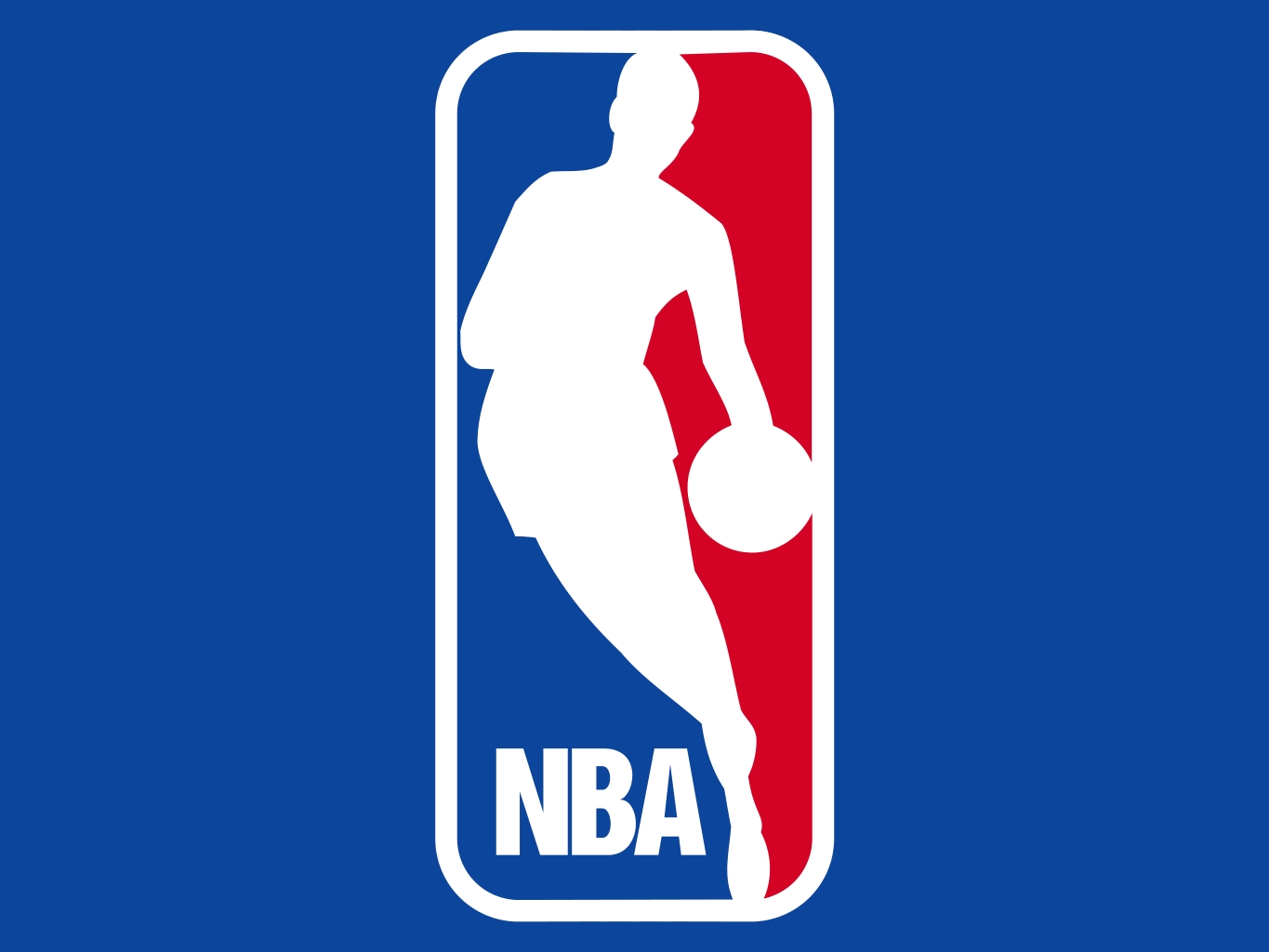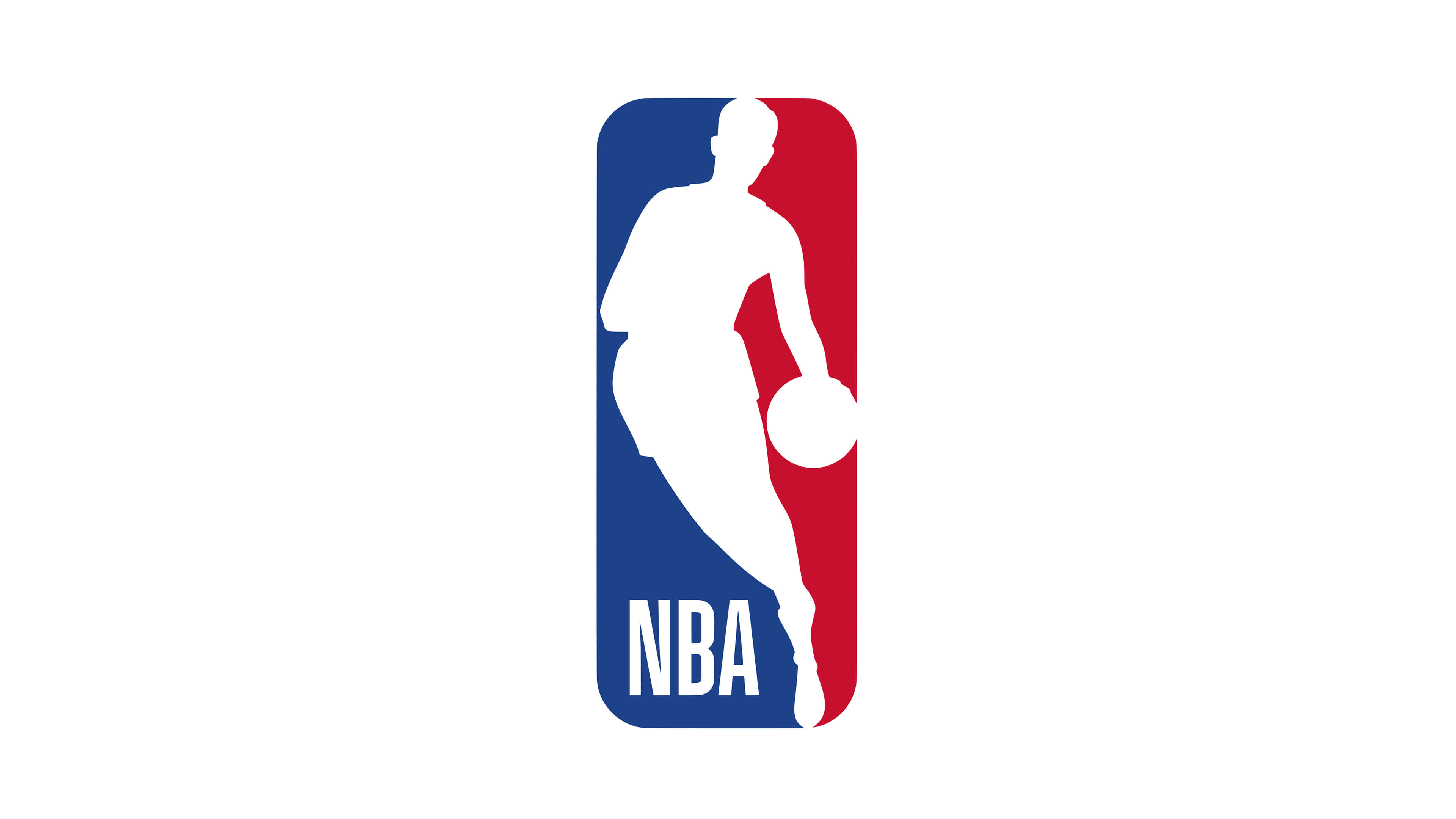The Fascinating Origins Of The National Basketball Association (NBA)
Hey there, basketball enthusiasts! If you're reading this, chances are you've got a deep love for hoops, slam dunks, and all things NBA. But have you ever stopped to think about how it all started? The National Basketball Association, or NBA, isn’t just a league—it’s a cultural phenomenon that’s been shaping sports history since its inception. In this article, we’ll dive deep into the fascinating origins of the NBA, uncovering the untold stories and pivotal moments that shaped the league we know today. So, grab your favorite snack, sit back, and let’s explore how it all began!
Now, let’s be real for a second—the NBA didn’t just appear out of nowhere. It’s the result of decades of passion, innovation, and hard work. Back in the day, basketball wasn’t the global sensation it is now. It was a game played in gyms and streets, a pastime that slowly grew into something much bigger. But what exactly were the forces that brought the NBA to life? Stick around, and we’ll break it down for you step by step.
Whether you’re a die-hard fan or just someone curious about the roots of this iconic league, you’re in the right place. This article will take you on a journey through time, exploring the early days of professional basketball, the key figures who made it happen, and the challenges they faced along the way. Ready to learn? Let’s get started!
Read also:British Airways Flight Nowhere The Experience That Takes You Everywhere
Table of Contents
- The Early Days of Professional Basketball
- The Formation of the NBA
- Key Figures in the NBA’s Creation
- The Merger That Changed Everything
- Expansion and Growth
- The Global Impact of the NBA
- Iconic Moments in NBA History
- Challenges Faced by the NBA
- The Modern Era of the NBA
- The Future Direction of the NBA
The Early Days of Professional Basketball
Before the NBA became the powerhouse it is today, professional basketball was a much different scene. Back in the late 1800s and early 1900s, basketball was still a relatively new sport. It was invented in 1891 by Dr. James Naismith, a Canadian physical education instructor, and quickly gained popularity across the United States. However, it wasn’t until the 1920s and 1930s that professional leagues began to emerge.
During this time, there were several regional leagues popping up all over the country. Teams like the Harlem Globetrotters and the New York Renaissance were making waves, showcasing their skills and drawing crowds. These early leagues were often disorganized, with no central governing body or standardized rules. But they laid the groundwork for what would eventually become the NBA.
The Rise of Regional Leagues
One of the most notable early leagues was the National Basketball League (NBL), which was established in 1937. The NBL was primarily based in the Midwest and featured teams from cities like Fort Wayne, Indianapolis, and Chicago. At the same time, the Basketball Association of America (BAA) was formed in 1946, focusing on larger cities like New York, Philadelphia, and Boston. These two leagues would eventually merge to form the NBA.
Here’s a quick rundown of some key points about the early days:
- Professional basketball started with regional leagues in the 1920s and 1930s.
- The NBL and BAA were two of the most prominent leagues before the NBA.
- Teams like the Harlem Globetrotters gained fame during this period.
The Formation of the NBA
In 1949, the National Basketball League (NBL) and the Basketball Association of America (BAA) decided to merge, creating the National Basketball Association (NBA). This merger was a game-changer for professional basketball, as it brought together the best teams and players from both leagues. The new league had a total of 17 teams, although that number would fluctuate over the years.
At the time, the NBA faced many challenges. It had to compete with other sports like baseball and football for fans’ attention. Additionally, the league struggled with financial instability and inconsistent attendance. But despite these obstacles, the NBA persevered and slowly began to gain traction.
Read also:Discovering The Most Dangerous Zodiac Sign When Angry Unveiling Astrological Insights
Key Factors in the Merger
So, why did the NBL and BAA decide to merge? There were several reasons:
- Competition: Both leagues were struggling to attract top talent and fans.
- Economic Pressure: Financial difficulties made it hard for smaller teams to survive.
- Expansion Opportunities: By combining forces, the new league could expand into more markets.
This merger marked the beginning of a new era in professional basketball, setting the stage for the NBA’s rise to prominence.
Key Figures in the NBA’s Creation
Behind every great organization are the people who made it happen. The NBA is no exception. Several key figures played crucial roles in the formation and early success of the league. Let’s take a look at some of these trailblazers:
Maurice Podoloff: As the first commissioner of the NBA, Podoloff was instrumental in overseeing the merger of the NBL and BAA. His leadership helped establish the league’s foundation and set it on a path to success.
Red Auerbach: Known as one of the greatest coaches in NBA history, Auerbach was instrumental in building the Boston Celtics into a dynasty. His innovative strategies and focus on teamwork revolutionized the game.
George Mikan: Often referred to as the first true superstar of the NBA, Mikan dominated the league in its early years. His dominance on the court helped draw attention to the league and attract new fans.
Impact of Key Figures
These individuals, among others, laid the groundwork for the NBA’s success. Their contributions helped shape the league into what it is today. Without them, the NBA might not have become the global powerhouse it is now.
The Merger That Changed Everything
The merger of the NBL and BAA in 1949 was a pivotal moment in basketball history. It marked the beginning of a new era for professional basketball and set the stage for the NBA’s rise to prominence. But what exactly did this merger mean for the league and its future?
First and foremost, the merger allowed the NBA to consolidate its talent pool. By bringing together the best teams and players from both leagues, the NBA was able to create a more competitive and exciting product. This, in turn, helped attract more fans and increase revenue.
Benefits of the Merger
Here are some of the key benefits that came from the merger:
- Increased Competition: The best players from both leagues were now competing against each other.
- Broader Market Reach: The NBA was able to expand into more cities and markets.
- Improved Financial Stability: The merger helped stabilize the league’s finances and reduce costs.
Overall, the merger was a crucial step in the NBA’s development and helped establish it as a major force in professional sports.
Expansion and Growth
After the merger, the NBA continued to grow and expand. In the 1950s and 1960s, the league added several new teams, including the Los Angeles Lakers, the Boston Celtics, and the Philadelphia Warriors. These teams brought new talent and excitement to the league, helping to increase its popularity.
During this time, the NBA also began to focus on improving its marketing and promotion efforts. It started televising games, which allowed fans across the country to watch their favorite teams play. This increased exposure helped the league reach a wider audience and attract new fans.
Key Expansion Moves
Here are some of the most significant expansion moves in the NBA’s history:
- 1967: The league expanded to include the Seattle SuperSonics and the San Diego Rockets.
- 1970: Teams like the Cleveland Cavaliers and the Portland Trail Blazers were added.
- 1980s: The league continued to expand, adding teams like the Dallas Mavericks and the Miami Heat.
These expansions helped the NBA grow into the global phenomenon it is today.
The Global Impact of the NBA
Today, the NBA is a truly global league, with fans in every corner of the world. But how did it achieve this level of international success? The answer lies in a combination of factors, including the league’s emphasis on diversity, its use of technology, and its focus on building relationships with international markets.
One of the most significant developments in the NBA’s global expansion was the introduction of international players. Players like Dirk Nowitzki, Yao Ming, and Manu Ginobili helped bring new fans to the league and expand its reach. The NBA also invested heavily in digital media, using platforms like social media and streaming services to connect with fans worldwide.
Global Reach
Here are some stats that highlight the NBA’s global impact:
- The NBA broadcasts games in over 200 countries and territories.
- More than 100 current NBA players come from outside the United States.
- The league has established academies and development programs in several countries.
The NBA’s global reach is a testament to its ability to adapt and innovate, ensuring its continued success in the modern era.
Iconic Moments in NBA History
No discussion of the NBA’s origins would be complete without mentioning some of its most iconic moments. From unforgettable games to legendary players, the NBA has a rich history filled with unforgettable moments. Let’s take a look at a few of them:
The Shot Heard ‘Round the World: In 1947, the New York Knicks’ Bob Pettit hit a game-winning shot against the Boston Celtics, sparking a rivalry that would last for decades.
Michael Jordan’s Flu Game: In Game 5 of the 1997 NBA Finals, Michael Jordan played through the flu to lead the Chicago Bulls to victory against the Utah Jazz. This game has become one of the most iconic moments in NBA history.
LeBron James’ Decision: In 2010, LeBron James made headlines when he announced his decision to leave the Cleveland Cavaliers and join the Miami Heat. This move changed the landscape of the league and set the stage for several memorable championship runs.
Why These Moments Matter
These moments, among countless others, have helped shape the NBA’s identity and cement its place in sports history. They remind us why we love the game and why the NBA continues to captivate fans around the world.
Challenges Faced by the NBA
Of course, the NBA hasn’t been without its challenges. Over the years, the league has faced a variety of issues, from financial struggles to player disputes. But through it all, the NBA has managed to adapt and overcome, proving its resilience and determination.
One of the biggest challenges the NBA has faced in recent years is the issue of player safety and health. With the rise of demanding schedules and the physical toll of the game, the league has had to find ways to balance competition with player well-being. This has led to changes in scheduling, rules, and player development programs.
Addressing Challenges
Here are some of the ways the NBA has addressed these challenges:
- Player Safety: Implementing new rules and protocols to protect players.
- Financial Stability: Creating revenue-sharing models to ensure all teams can compete.
- Global Competition: Adapting to the rise of international leagues and talent.
By tackling these challenges head-on, the NBA has continued to thrive and grow.
The Modern Era of the NBA
In the modern era, the NBA has become a global entertainment powerhouse. With superstar players like LeBron James, Stephen Curry, and Kevin Durant leading


